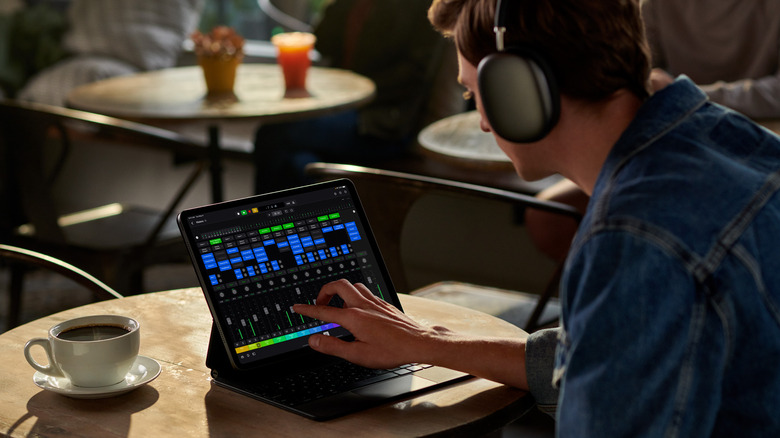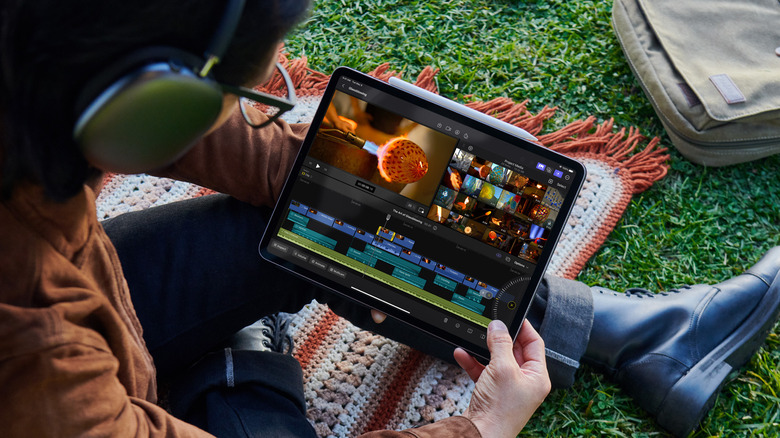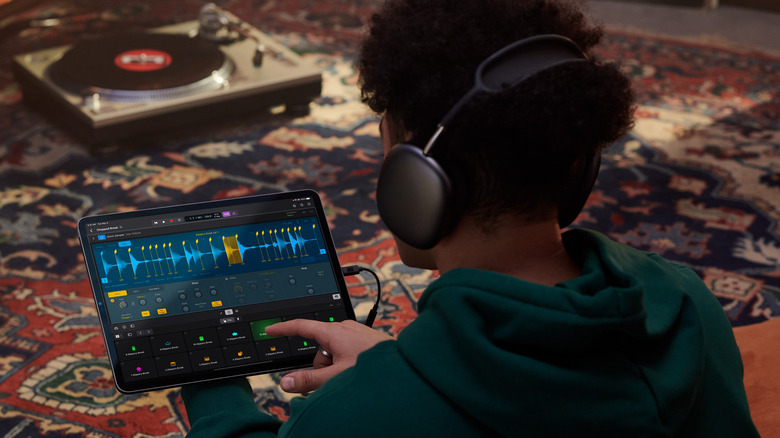iPad Levels Up With Final Cut Pro And Logic Pro, Maximizing Its Creative Potential
For years, consumers have been clamoring around Apple to bring the company's pro-grade music and video production apps — Final Cut Pro and Logic Pro — to the iPad. Nearly three years into the debut of Apple's ARM-based M-Series chips, the company is finally turning this theory into reality. Apple officially confirmed the debut of iPad-focused versions of Final Cut Pro and Logic Pro, and the software will be available for download via the App Store starting May 23, 2023.
Both Final Cut Pro and Logic Pro — in their original form — were designed to run on Intel-based Macs. UI and navigation elements on these apps were tailored for use with a keyboard and mouse/touchpad. Porting these apps to the ARM-based and touch-focused iPads demanded a major rework of the architecture and UI elements.
However, things changed in 2020 following Apple's decision to ditch X86-based Intel chips in favor of self-designed ARM-based M series processors. These chips were based on Apple's existing smartphone and tablet-oriented A-series SoCs.
Three years into the debut of the Apple Silicon for Macs, these chipsets have already made inroads into the higher-end iPad Air and iPad Pro models. This also meant that Apple's computers and tablets now run near-identical hardware sets. While the operating systems on these platforms continued to differ (MacOS vs. iPadOS), it was technically feasible for Apple to port Final Cut Pro and Logic Pro to work on the iPad. That is precisely what the company has announced today.
Final Cut Pro for iPad: Everything you should know
The iPad-focused version of Final Cut Pro borrows the familiar look and feel from the Mac version of the software. However, the user interface has received tweaks to make navigation and controls easier for the iPad's touch interface. Apple is touting a new jog wheel controller as the central focus of the app.
According to Apple, this tool will let users interact with on-screen content in several ways. In conjunction with new multi-touch gestures, the jog dial will offer professional video editors a newer, more intuitive way to make edits. In addition to newer navigation and edit tools, the iPad-focused version of Final Cut Pro also supports the Live Drawing feature on iPads that support the Apple Pencil. The app also supports familiar keyboard commands for people using their iPads with either a Magic Keyboard or a Smart Keyboard Folio.
Besides offering multicam video support, Final Cut Pro for iPad supports features like Scene Removal Mask, Auto Crop, and Voice Isolation — all of which are powered by the Machine Learning capabilities introduced by the M2 chip.
Logic Pro for iPad
Like FCP, the iPad-focused version of Logic Pro also supports multi-touch gestures and advanced touch-based controls. Apple Pencil support has also been thrown in, and the app also supports precision controls enabled by Apple's official keyboard and mouse accessories. While there is no mention of external microphone support, the app does support live recording via the iPad's internal mics.
Logic Pro also introduces a redesigned sound browser enabling creators to easily discover new sounds. The app supports several plug-ins, and offers native support for over 100 instruments. Creators also get a lot of effects to play around with. Besides these features, Logic Pro for iPad also gets a fully fledged mixer module that comes with its own set of channel strips, volume faders, pan controls, plug‑ins, and automation. In addition to this, the app also supports a variety of beat making and production tools.
Apple has opted for a subscription model for the iPad-focused versions of Logic Pro and Final Cut Pro. In the U.S., consumers can pay a monthly fee of $4.99, or a yearly subscription will set them back $49. While Final Cut Pro will only work on M1 chip iPad models or later, Logic Pro will be available on A12 Bionic chip iPad models or later.


